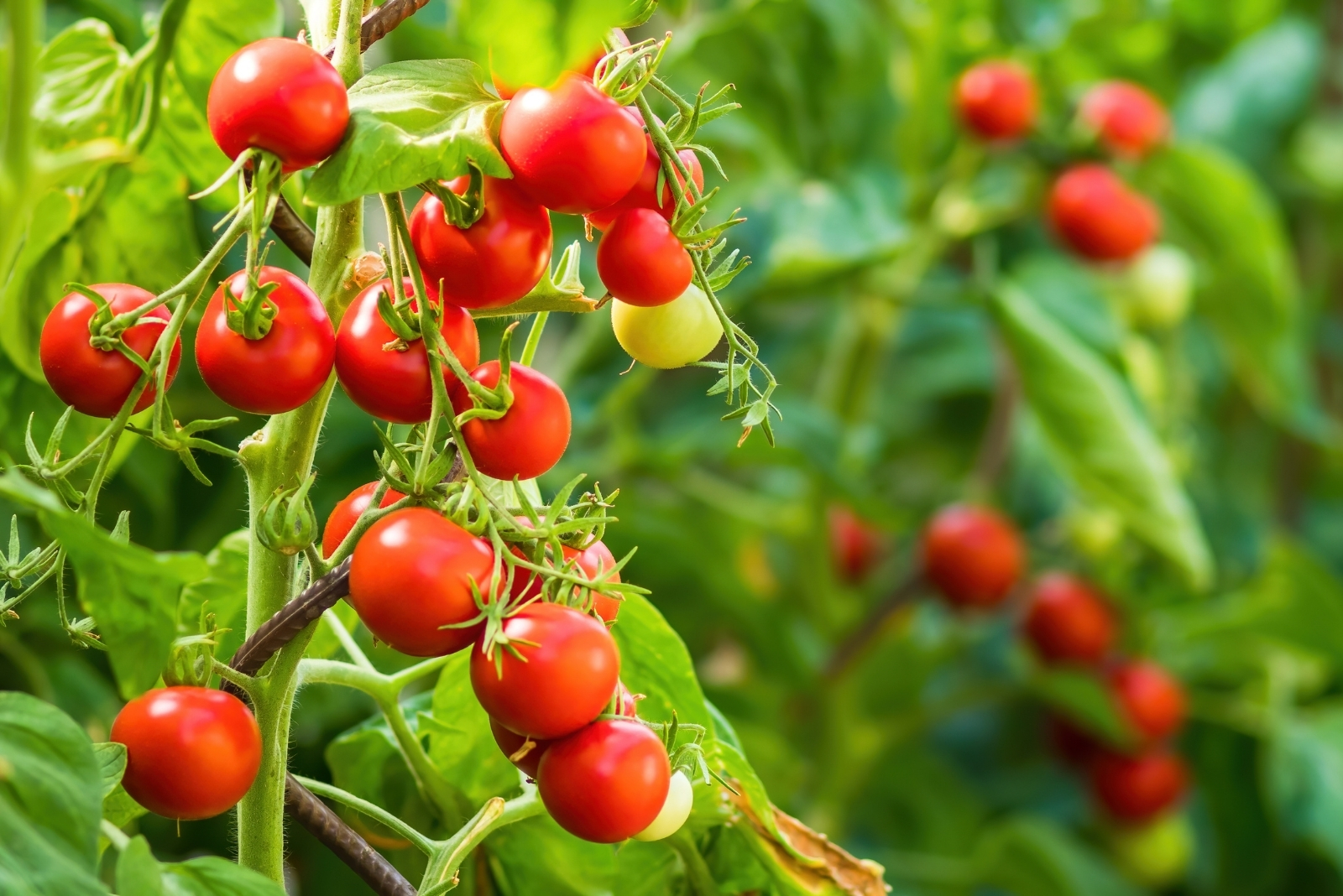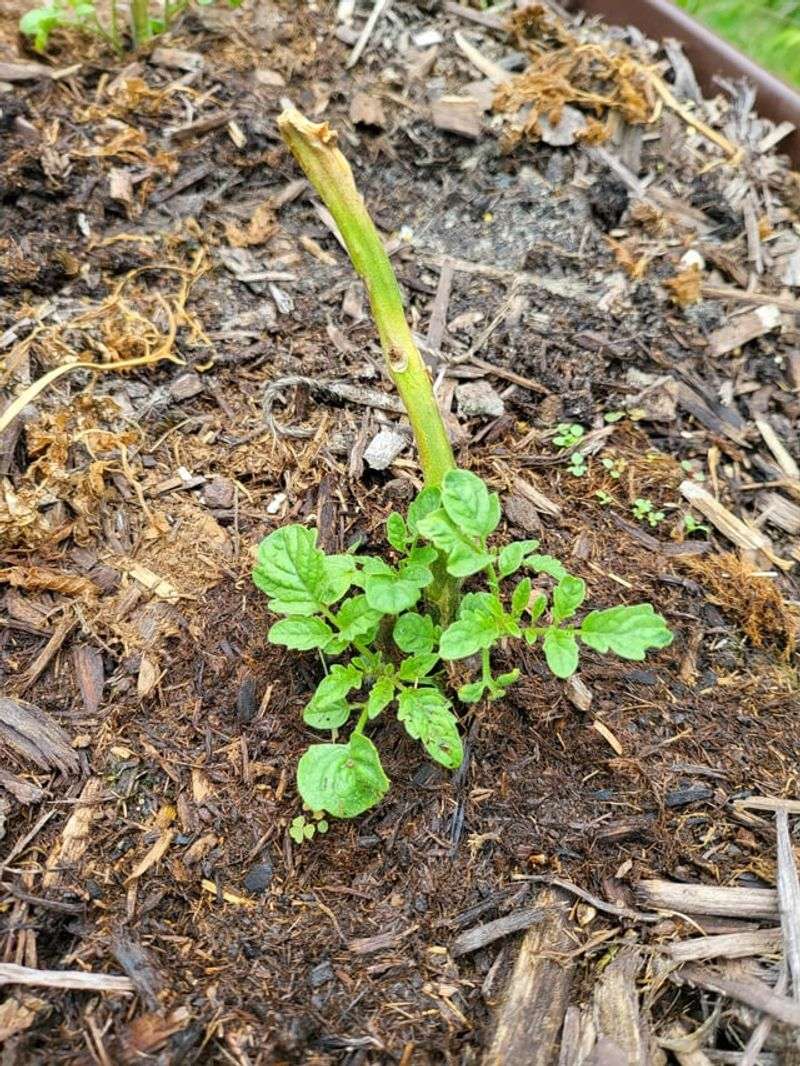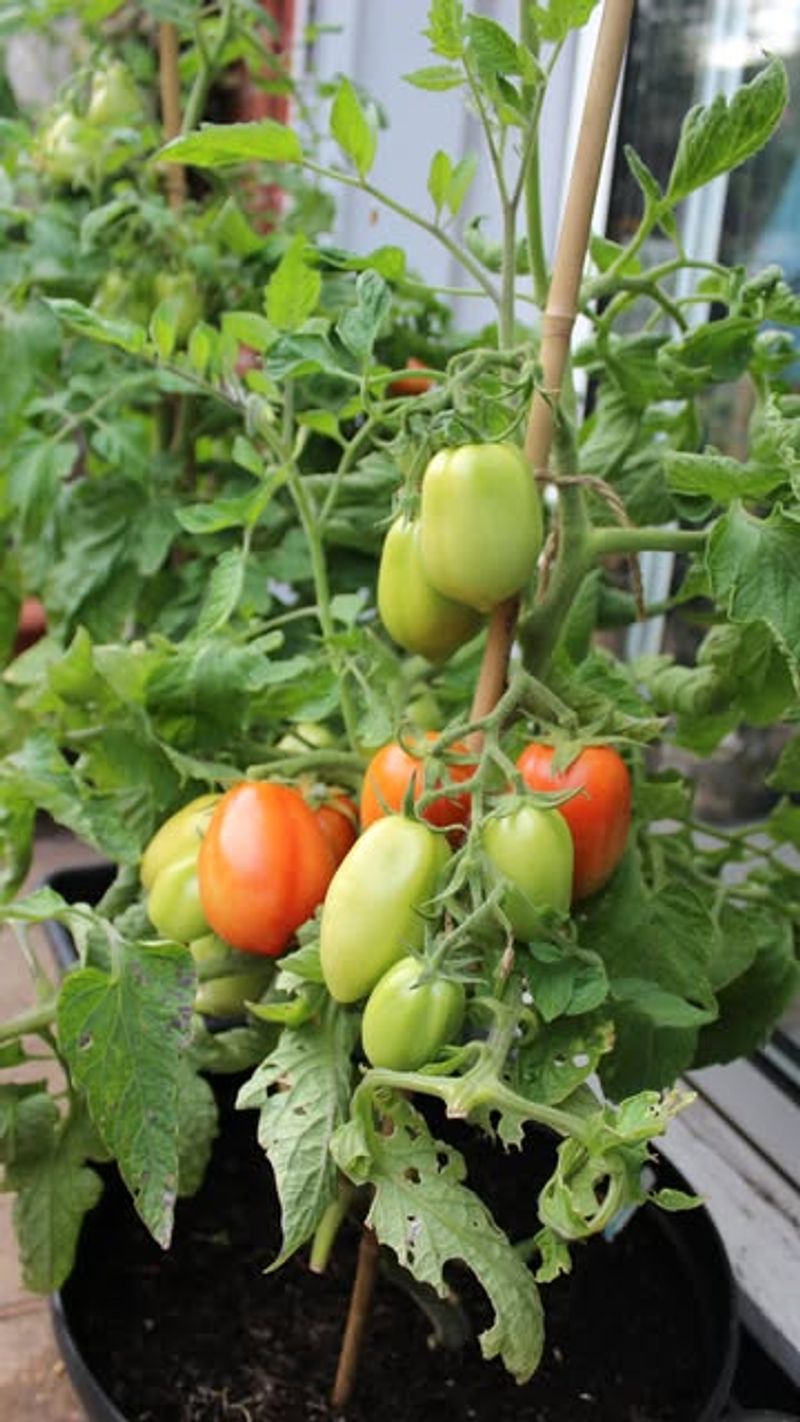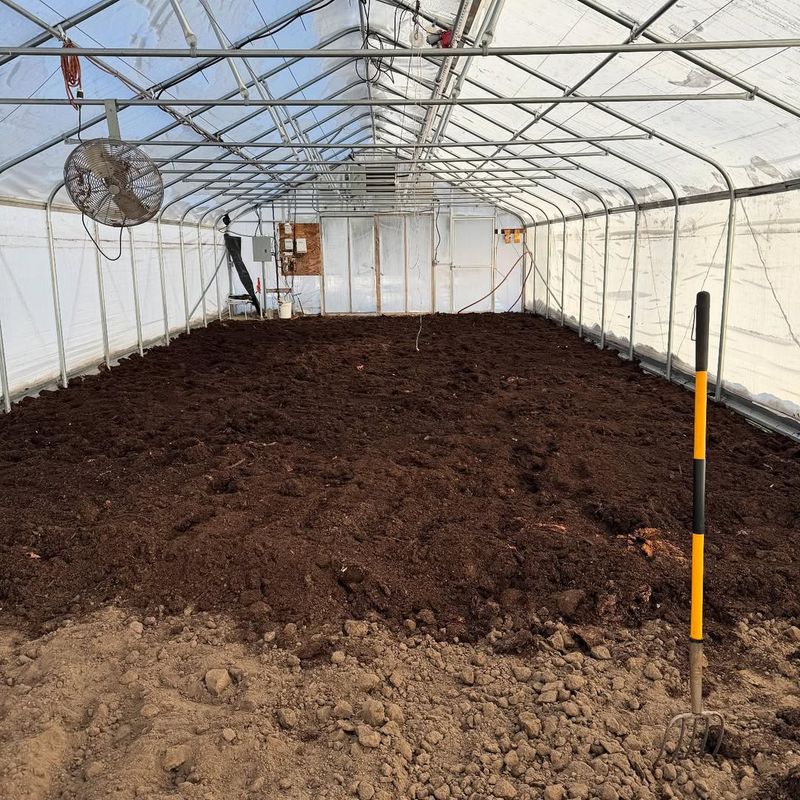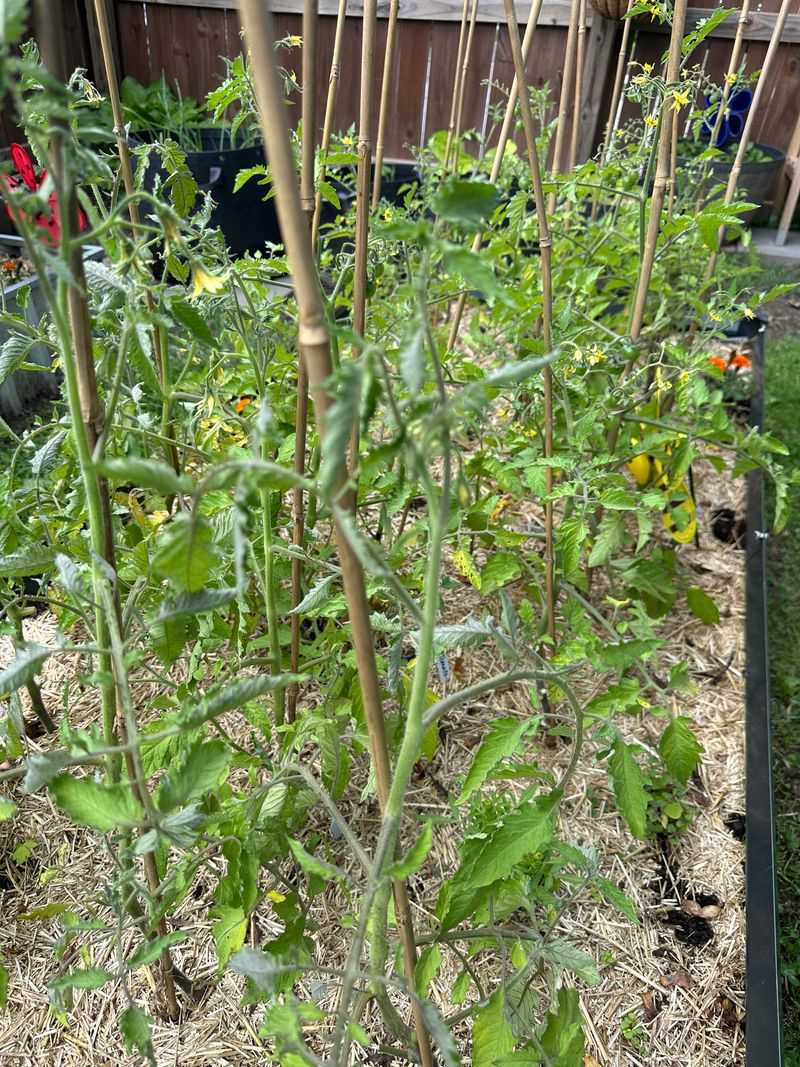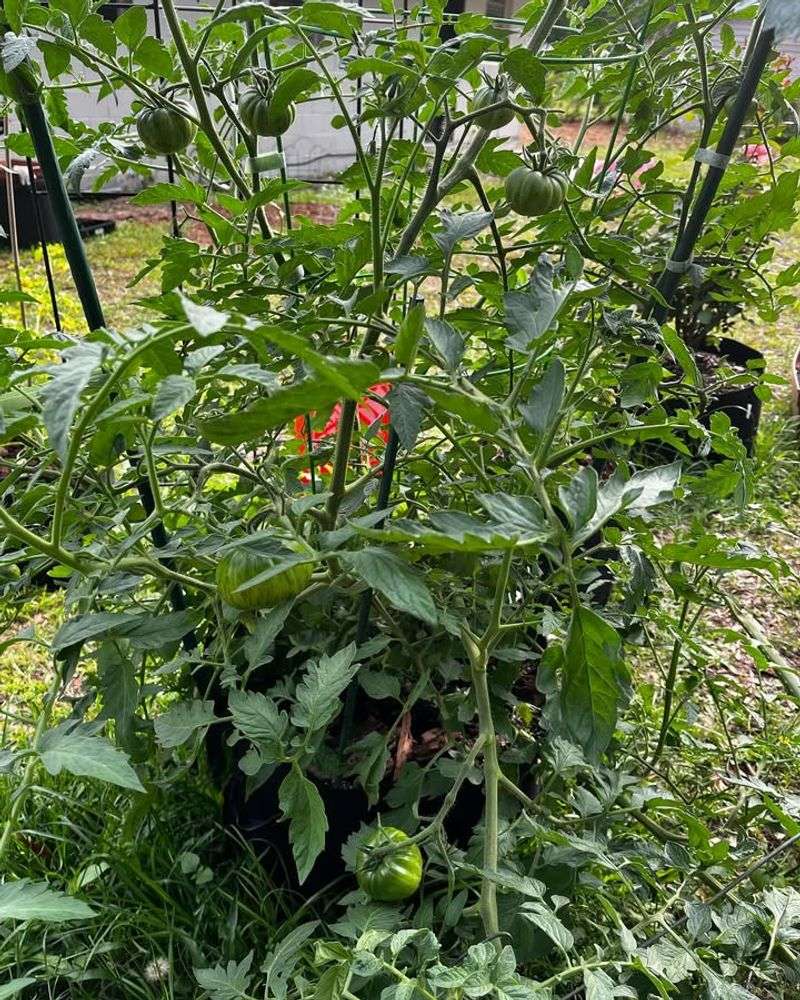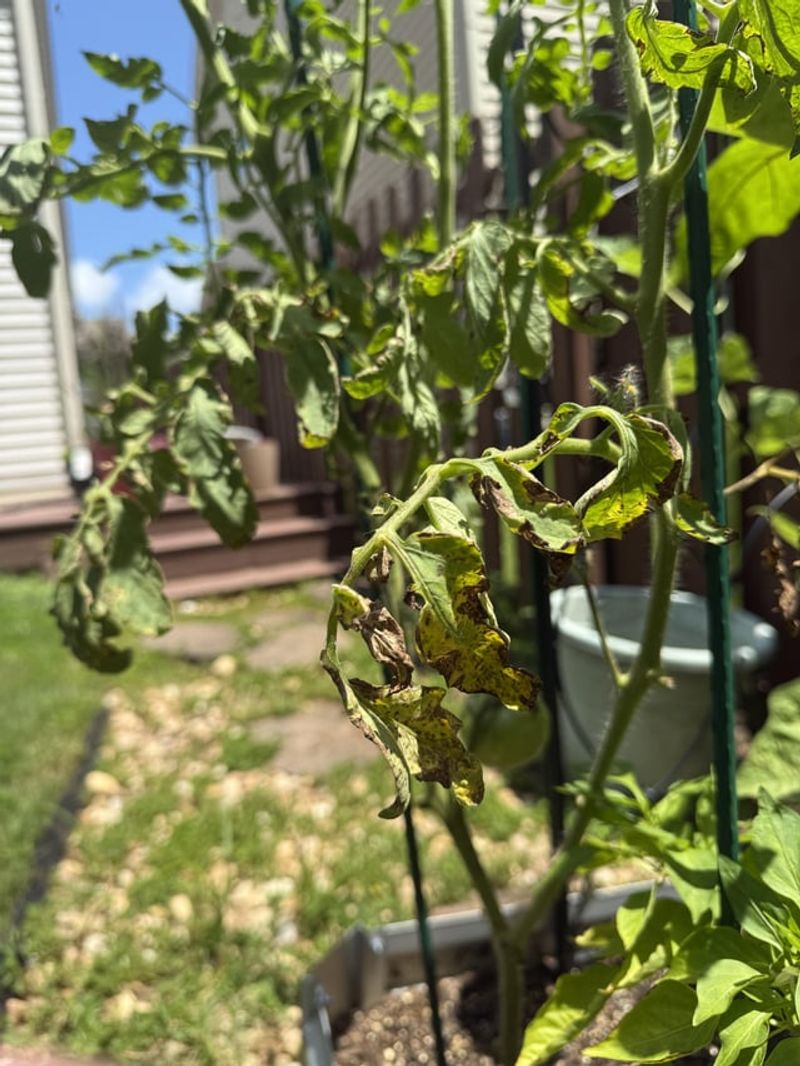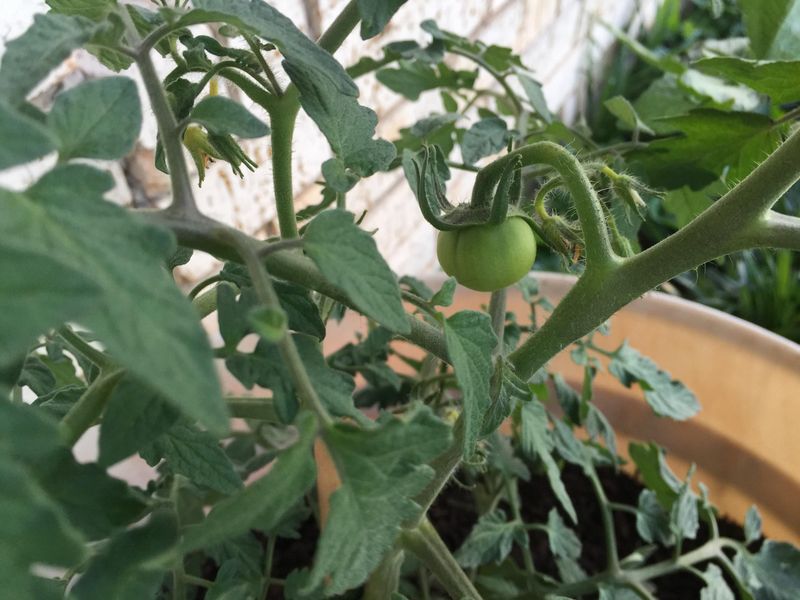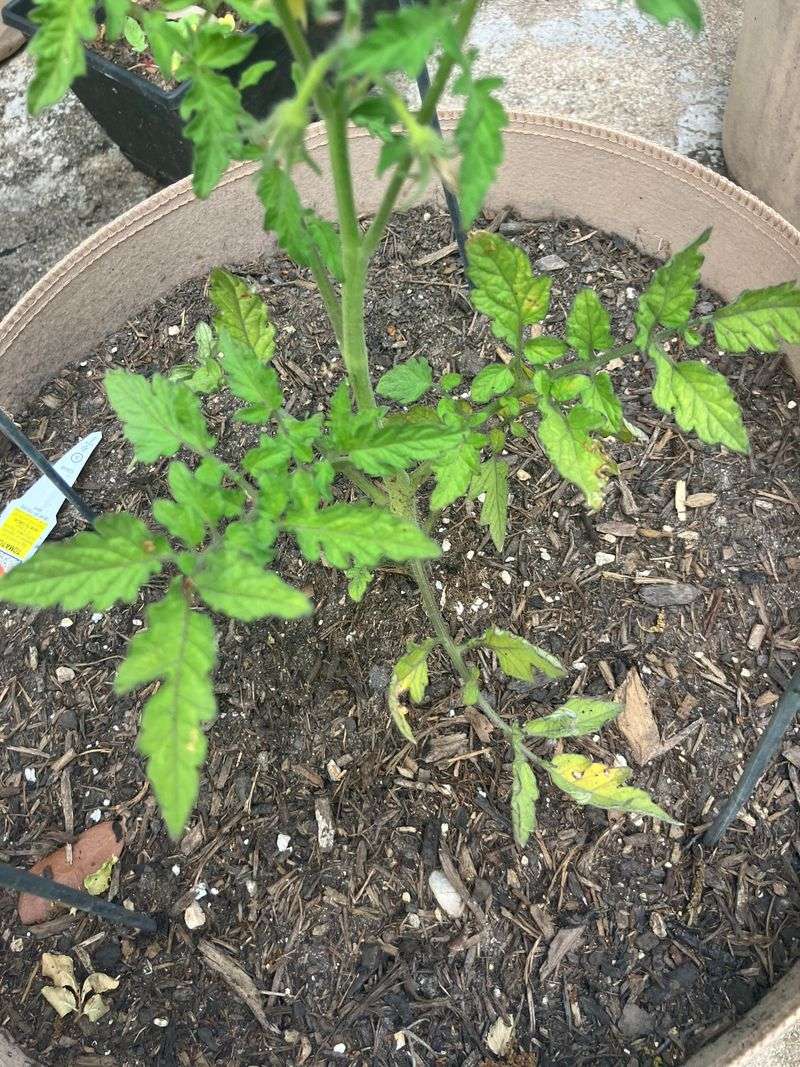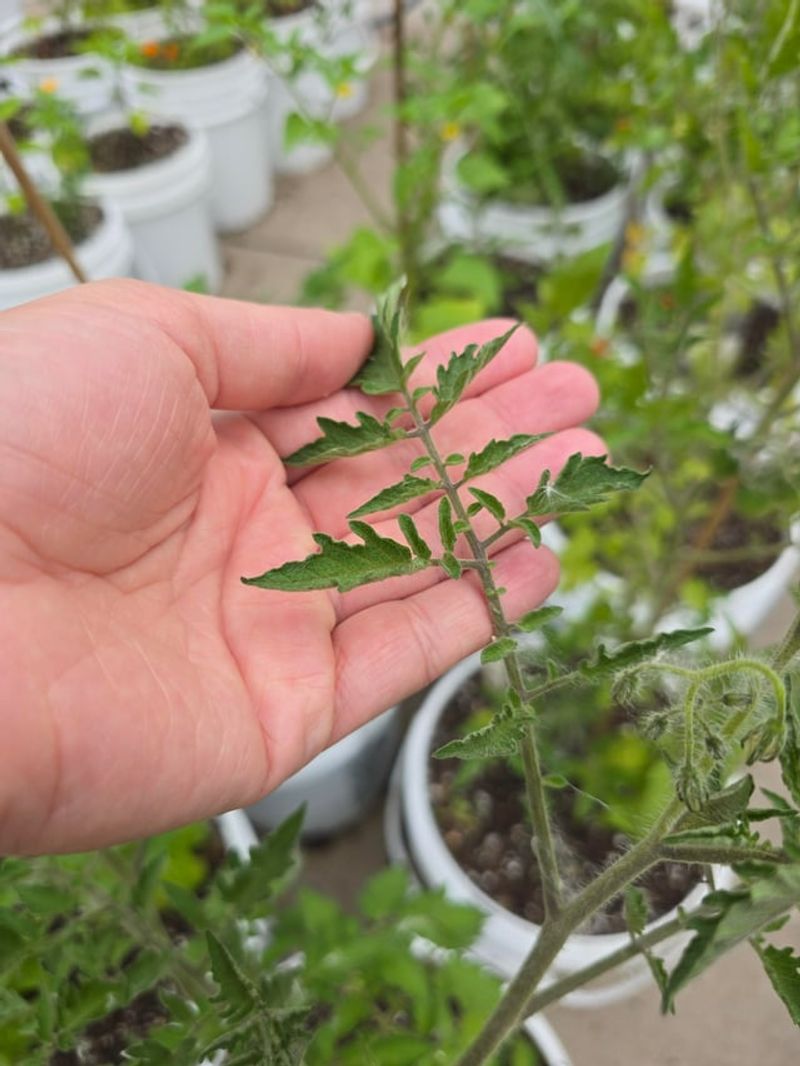Tomatoes may be the pride of many Michigan gardens, but they don’t thrive just anywhere. Certain spots in your yard can leave them weak, diseased, or simply refusing to produce.
A little know-how can save you from frustration later in the season. Let’s point out the no-go areas in Michigan where tomatoes are better left unplanted!
1. Walnut Tree Vicinity
Black walnut trees release a chemical called juglone that’s toxic to tomato plants. Michigan gardeners often discover this the hard way when their promising plants suddenly wilt and die.
The toxin spreads through the soil approximately as far as the tree’s canopy extends. Even after removing a walnut tree, the harmful compounds can persist in Michigan soil for years.
2. Low-Lying Frost Pockets
Cold air naturally sinks into depressions in your yard, creating frost pockets that can damage tomatoes. Many Michigan gardeners lose early plantings to these sneaky cold spots that form even when surrounding areas stay frost-free.
The temperature difference can be surprising – sometimes 5-10 degrees colder than higher ground just a few feet away. In Michigan’s unpredictable spring weather, this can mean life or death for tender tomato plants.
3. Previous Nightshade Locations
Planting tomatoes where other nightshade family members grew recently invites disease trouble. Michigan vegetable gardens that previously hosted potatoes, peppers, or eggplants may harbor pathogens waiting to attack your new tomatoes.
Crop rotation is crucial in Michigan’s growing conditions. Wait at least three years before planting tomatoes in the same spot to break disease cycles and allow soil to recover from specific nutrient depletion.
4. Heavy Clay Soil
Michigan’s notorious clay soils can suffocate tomato roots and lead to root rot. Water pools instead of draining properly, creating oxygen-deprived conditions that tomatoes absolutely hate.
Many Michigan gardeners notice stunted growth and yellowing leaves when tomatoes struggle in clay. Raised beds or extensive soil amendment with compost and organic matter are better options than fighting the dense natural soil.
5. North-Facing Slopes
North-facing areas receive significantly less sunlight in Michigan’s northern latitude. Tomatoes planted here often grow leggy as they stretch desperately toward limited available light.
The cooler soil temperatures on these slopes further slow growth in Michigan’s already short growing season. Fruit production suffers dramatically, with fewer tomatoes that take longer to ripen compared to plants in sunnier spots.
6. Heavily Trafficked Areas
Tomato plants near walkways or play areas face constant stress from passing feet and activities. Michigan families often discover broken stems and damaged fruit when plants are positioned too close to high-traffic zones.
The compacted soil around these areas also restricts root growth. Michigan’s freeze-thaw cycles already challenge soil structure, making additional compaction particularly problematic for water absorption and root development.
7. Too-Shady Spaces
Michigan’s dense tree canopies create deep shade that tomatoes simply cannot tolerate. Plants might survive but will produce few fruits and remain susceptible to fungal diseases in these damp, dark conditions.
The shorter growing season in Michigan already limits sunlight hours. Giving tomatoes anything less than 6-8 hours of direct sun daily virtually guarantees disappointment and wasted garden space.
8. Wind-Tunnel Corridors
Narrow spaces between buildings create wind tunnels that can damage delicate tomato plants. Michigan’s weather patterns, especially near the Great Lakes, can funnel surprisingly strong gusts through these corridors.
Constant wind stress causes water loss and physical damage to stems and leaves. Michigan gardeners in these spots often find their tomato plants with tattered foliage and broken branches after summer storms.
9. Soggy, Poorly-Drained Spots
Areas where water pools after rain are tomato death traps. Michigan’s clay-heavy soils often create these drainage problems, leaving roots sitting in waterlogged conditions that lead to rot and disease.
Spring rains in Michigan can be particularly problematic. What looks like a perfect garden spot in summer might become a mini-pond during April and May when you’re trying to establish young tomato plants.
10. Recently Chemically-Treated Lawns
Converting lawn space to garden beds seems smart, but not if chemicals were recently applied. Michigan homeowners often discover their tomatoes developing strange growth patterns when planted in spots previously treated with herbicides.
Certain lawn treatments can persist in Michigan soils for years. Broadleaf weed killers are particularly problematic, causing twisted leaves and stunted growth in tomatoes even at very low residual levels.

